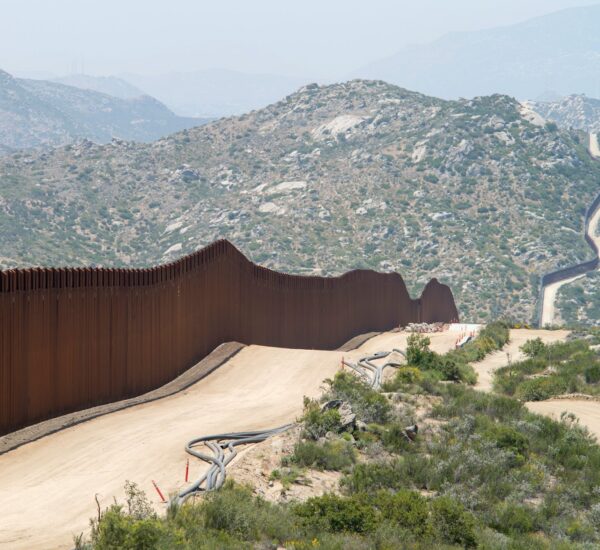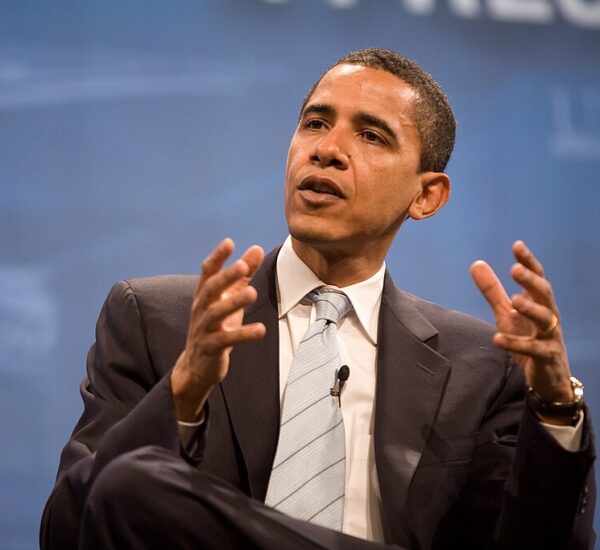Trump Makes Progress On Gaza War
JERUSALEM — In a strategic shift under growing international pressure, Israel has approved limited humanitarian aid shipments into Gaza for the first time in nearly 90 days—while vowing to keep the pressure on Hamas militants who continue to operate from civilian areas.
Prime Minister Benjamin Netanyahu said Israel would permit a “basic level” of food into the region to prevent a full-blown humanitarian disaster. The move comes amid an intensified Israeli military campaign, aiming to dismantle Hamas networks across Gaza without allowing aid to be diverted to terrorists.
Since the March 2 blockade, Israel has halted all supplies—food, medicine, and fuel—into Gaza in a firm effort to force Hamas into accepting new ceasefire terms. That truce crumbled soon after, and Israel resumed full military operations, targeting what it calls terrorist infrastructure.
Largest Offensive Since Ceasefire
Over the weekend, Israeli forces launched the largest ground offensive since the previous ceasefire, with operations spanning both northern and southern Gaza. Airstrikes targeted Hamas compounds hidden in urban areas, including near Khan Younis and Jabaliya—locations where the terror group is accused of embedding among civilians.
The Israel Defense Forces (IDF) confirmed it had struck over 670 targets in the past week and eliminated dozens of Hamas operatives. Officials stress that every effort is being made to avoid civilian casualties, though Hamas’s use of human shields continues to complicate that mission.
Human rights groups have criticized the strikes, citing high civilian tolls reported by Gaza’s Health Ministry. However, it’s important to note that those numbers do not differentiate between combatants and civilians and are often unverified by independent sources.
Netanyahu: Aid Will Not Reach Terrorists
Despite agreeing to limited aid access, Netanyahu made it clear: “Israel will not allow humanitarian assistance to be hijacked by terrorists.” The military is working to implement a new distribution system to ensure supplies reach civilians—not Hamas operatives.
Meanwhile, hospitals in northern Gaza have come under increasing pressure. The Indonesian Hospital, once a key facility, has been forced to shut down amid continued fighting. Israel has stated that Hamas uses such facilities for military purposes—claims supported by past evidence of weapons found in hospital basements.
Hostage Talks and Trump’s Regional Visit
Negotiations are ongoing in Qatar, where Israeli officials are pushing for a deal that would secure the release of 58 remaining hostages, require Hamas to leave Gaza, and begin disarmament. So far, Hamas has refused to disarm or leave, blocking any long-term solution.
Israel had paused its offensive during President Trump’s recent Middle East visit, in hopes of giving ceasefire talks a final opportunity. Though Trump did not visit Israel directly, his leadership remains a beacon of strength in a region increasingly destabilized by weak diplomatic efforts from the current White House.
The Bigger Picture: Why It Matters
This conflict began on October 7, 2023, when Hamas terrorists launched a brutal surprise attack on Israeli civilians, murdering over 1,200 people and taking 251 hostages. Israel’s ongoing response is aimed at ensuring such atrocities never happen again.
Yet, while Israel continues its mission to eradicate Hamas, global media outlets and international bodies remain fixated on casualty numbers reported by Hamas-controlled entities—ignoring the fact that no sovereign nation can tolerate terrorism at its borders.
The road to peace in the Middle East doesn’t run through appeasement. It runs through strength, clarity, and the unyielding resolve to defeat those who glorify death over life.
For breaking updates and more uncensored reporting on Israel, national security, and America’s role in the world under President Trump, stay with us.






